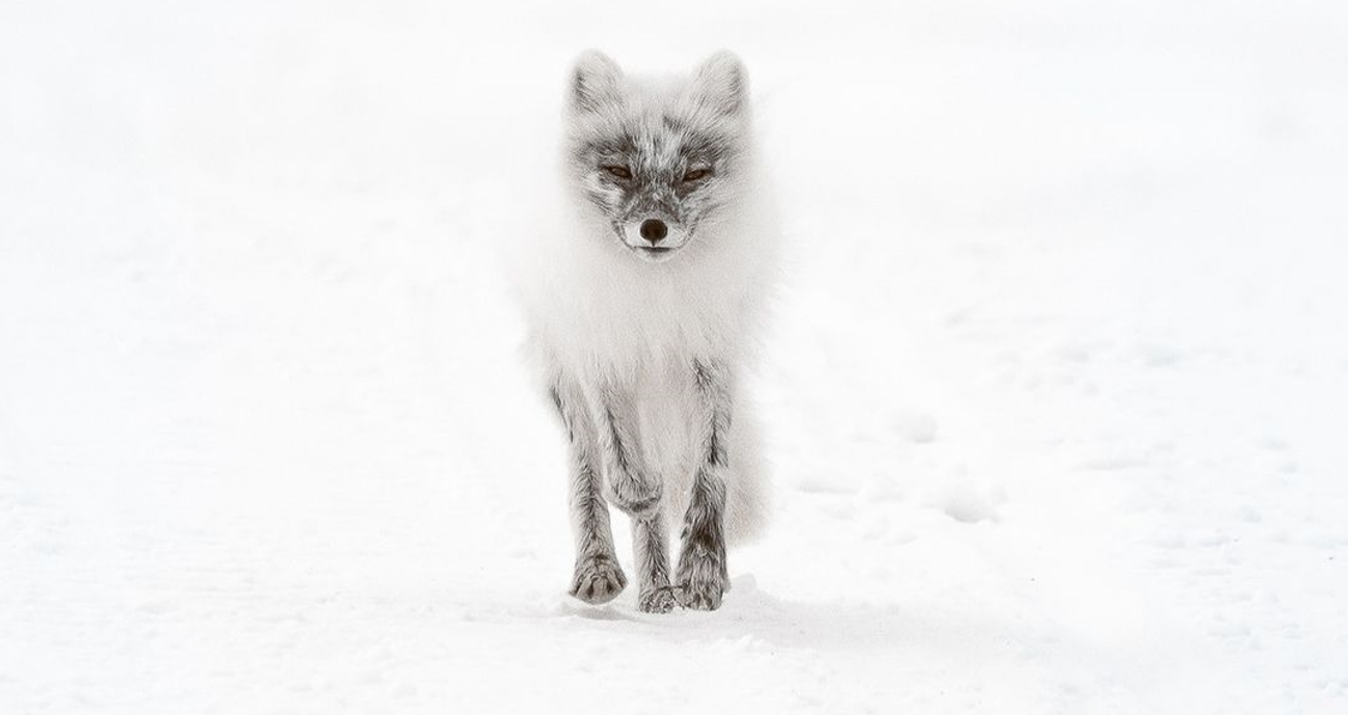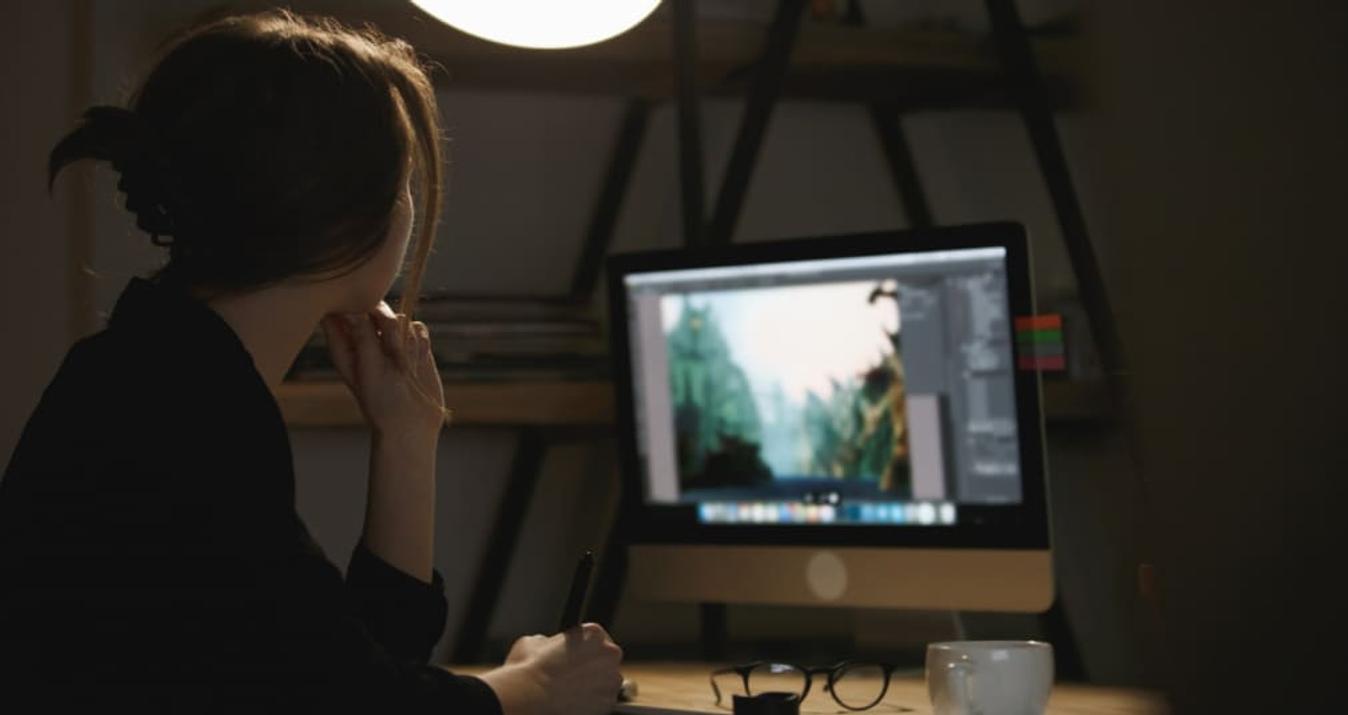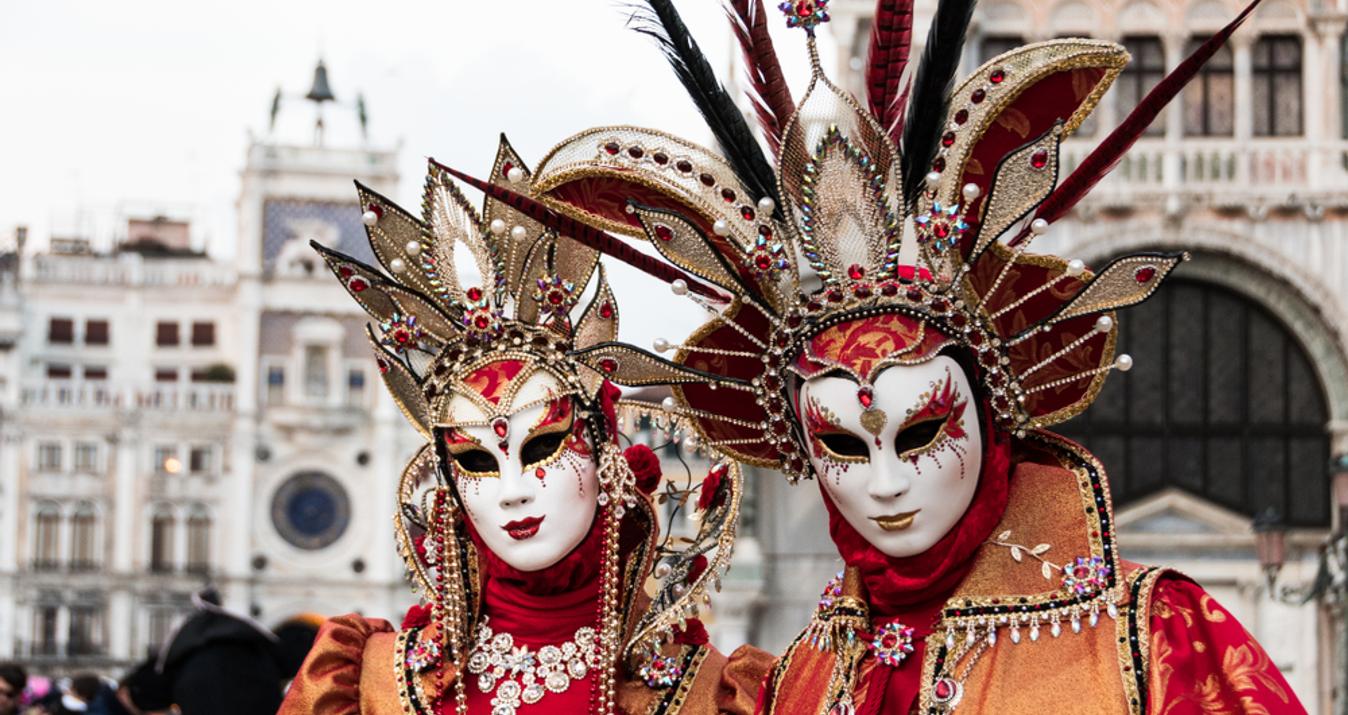Elements Of Art In Photography: From Composition To Color
February 01, 2024
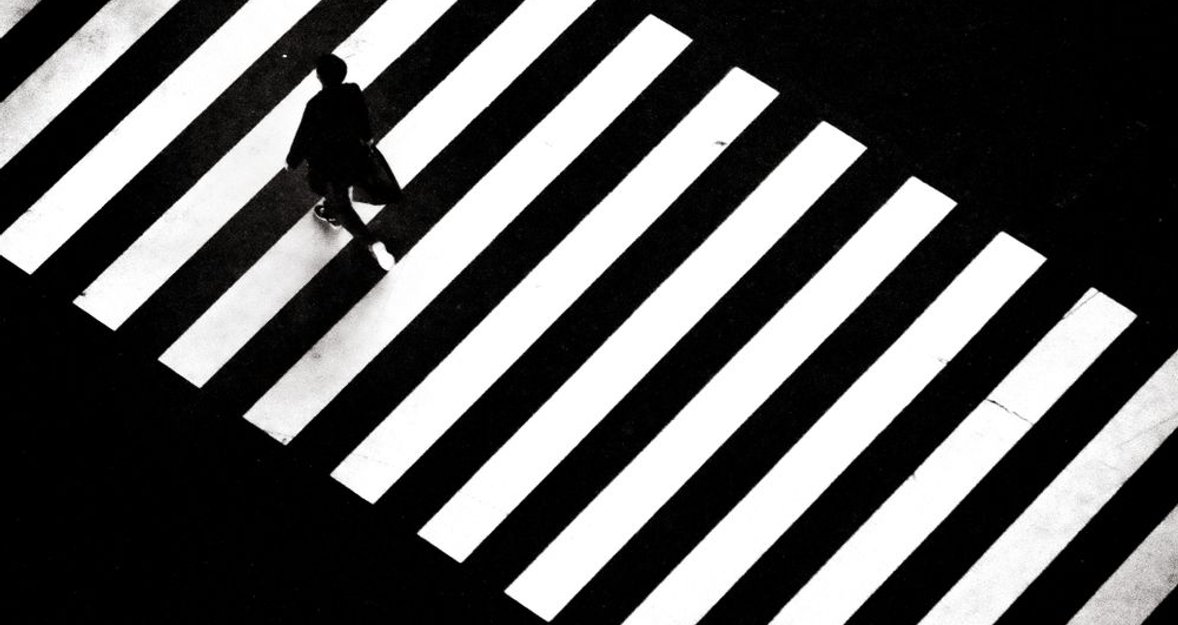
In this post, we’re going to have fun exploring the basic elements of a picture. You’ll learn about different parts of art in photography, such as lines, shapes, colors, and how light or dark a picture is.
Have you ever looked at a photo and thought, "What is a photographic element?" Well, these are like the secret ingredients that make an image stand out. They're the basic parts of a picture - like lines, shapes, and colors — that, when put together right, can make a photo really amazing! These might sound simple, but they're super powerful in making your images more interesting and full of emotion.
So, let’s jump in and start exploring the world of photographic elements!
Composition and Structure 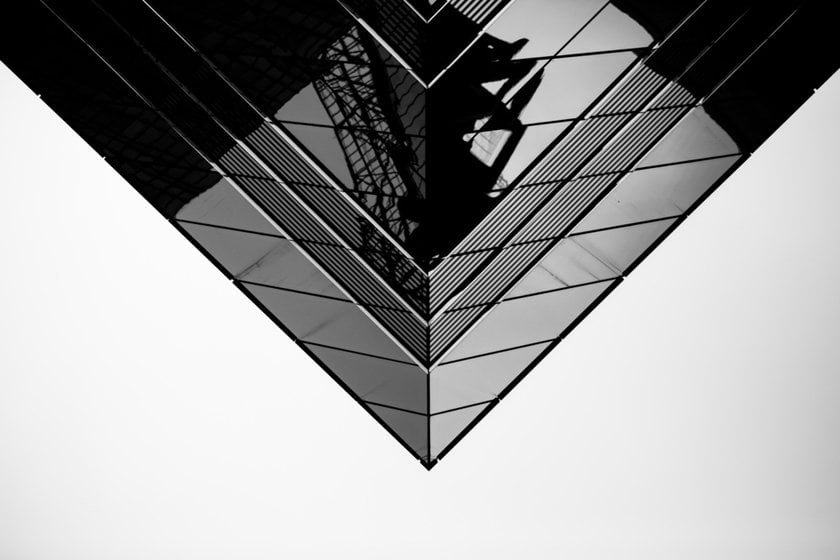
Line Element of Art Photography
Think of lines in your pictures as paths for the eyes to follow. They can be straight, like the edge of a table, or curvy, like a winding road. Straight lines make your eyes move fast and straight, while curvy lines take them on a gentle, winding trip. Lines are important to understand because they can change your photo's feelings, guiding the viewer's gaze and adding a sense of action.
The Photo Perspective Correction Tool You've Been Waiting For
Unleash!Shape Element of Art Photography
Shapes are the outlines of things in your pictures. They can be regular shapes like squares and circles or irregular, like the outline of a leaf or a cloud. In photography, shapes are important as they can make your image look balanced and interesting. A shape placed in just the right spot can make people look at a certain part of your photo or make the whole picture feel just right!
Form Adds Depth and Dimension
If shapes are flat, then the form is all about making these shapes feel 3D, like they could pop out of the photo. This is done with light and shadows. The form makes things in your image look real and touchable. By using light in different ways, you can make a flat picture look like it has depth, almost like you could step right into it.
In this part, we talked about how the line, shape, and form elements of art in photography help to make your pictures have good composition and structure. These elements are like the building blocks for making your photos not just nice to look at but also interesting and full of life!
Textural Depth and Visual Appeal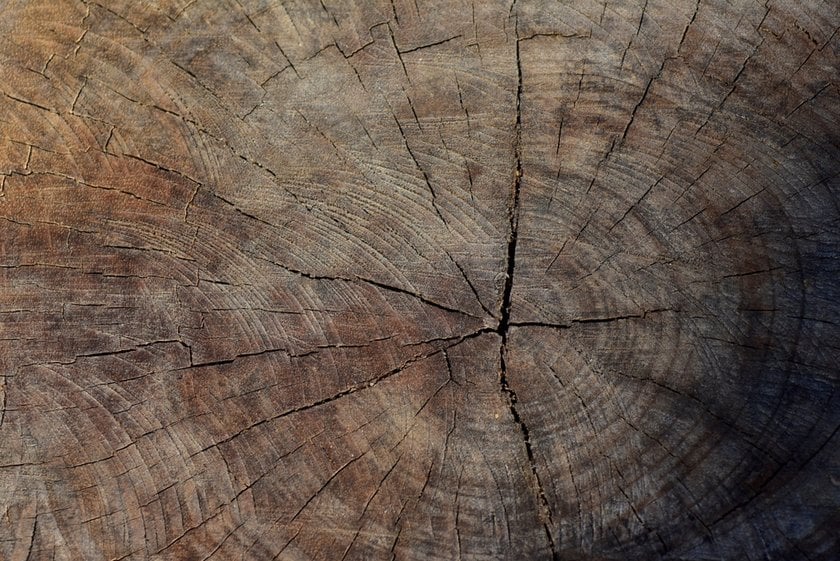
Texture as a Formal Element of Photography
Texture in a photo is like how things feel when you touch them, except you can see it with your eyes. This is the way to add a real, touchable feel to your pictures. You can almost feel the roughness of a tree's bark or the softness of a fluffy cat just by looking at the image. This is because texture adds a kind of depth that makes your photos more interesting and real. When you focus on texture, your pictures tell a story not just with sight but with the feeling of touch, too!
Color and Its Impact
Colors are not just pretty; they’re powerful! They can change how we feel when we look at a photo. Bright colors can make us feel happy and excited, while dark colors might make us feel calm or even a bit sad. This is how photographers use color to set the mood in their pictures. But that’s not all – colors also help to create contrast, which makes certain parts of your picture stand out. By choosing and combining colors in different ways, you can make your photos more striking and full of emotion!
In this section, we looked at how texture and color, as formal elements of photography, play a huge role in making your photos not just look good but feel good, too. These elements help your pictures pop and tell a story that touches the heart and the eyes!
Also read: Best Camera Brands Ranked From Worst To Best
The Play of Light and Spatial Dynamics
Space in a photo is like how you arrange things in a room. It's about where everything is and how much room it takes up. When you use space in a smart way, your photo can tell a story. If there's a lot of empty space, the photo might feel calm and open. But if it's full of things, it can look busy and exciting. So, how you arrange space in your picture really helps tell the story you want.
Light and shadow in photography, or what photographers call 'value,' are like magic. They change how your picture feels. Bright areas make a photo feel happy and lively, while shadows can make it feel mysterious or a bit sad. Playing with light and dark areas makes your work look more 3D. This helps some parts of the photo stand out, and others blend in. It's not just about making your image look nice; it's about making people feel something when they see it!
Illuminate Your Stories with Magic Light AI
Try it NowSo, we've learned that space and value are more than just parts of a photo. They're powerful tools. By understanding and using space, light, and shadow the right way, you can make your photos tell exciting stories and touch people's feelings.
Enhancing Your Works with Luminar Neo
When we talk about making great photos, things like light, shape, and color are really important. Let's see how Luminar Neo's tools can help make these parts of your images even better!
The image fader in Luminar Neo is good for playing with colors. It lets you make colors softer and give your photos an old-timey feel. This is great for adding a special mood to your pictures, like making them look dreamy or cool.
Then, there's the image flip feature. This tool lets you turn your photo around like it's in a mirror. It can make your pictures look really neat by creating cool shapes and patterns. It's like giving your photo a whole new look just by flipping it around!
Last is the studio light AI. This tool changes the light in your photos to make them look as if they were taken in a professional studio. It's really good for pictures of people because it can make the light look really pretty on them. It can make your photos look more interesting and professional.
So, with Luminar Neo, you can use these tools to make the important parts of your images – like light, color, and shapes – even better. They're easy to use and can make a big difference in how your photos look and feel!
Unleash Your Creative Potential with Luminar Neo
View PlansConclusion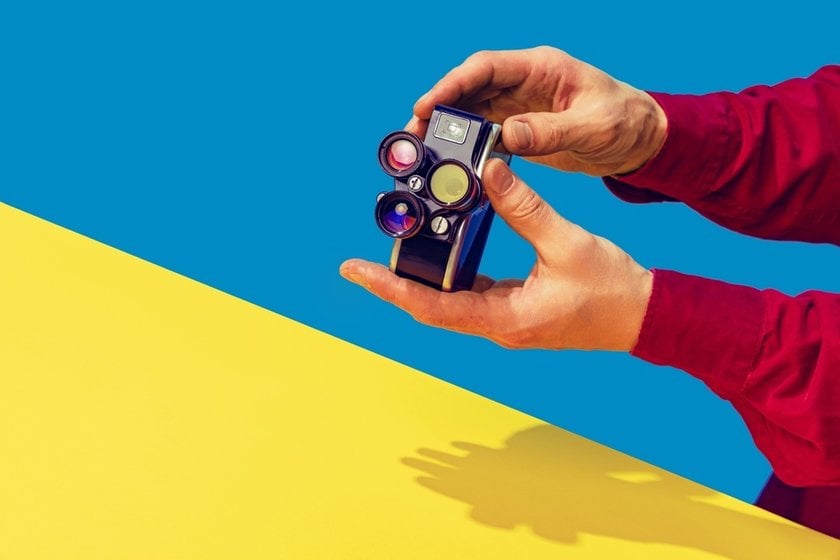
We've had a great time exploring the world of photographic elements! From the lines of the path created in our photos, the balance of shapes, to the realness of form with light and shadow, we've seen how these elements can make our pictures look good and feel full of life and emotion.
We discovered that textures and colors are not just about looking pretty; they're powerful tools that add depth and feeling to our photos, making them pop and tell a story that touches the heart!
Then, we saw how space and value (light and shadow) in photography can tell stories and change how we feel about a picture. They help make our photos not just images but experiences that draw people in and make them feel something.
But wait, there's more to explore! If you found this interesting, don't forget to check out our previous articles. Dive into the world of repetition photography examples, where we explore how repeating patterns can create mesmerizing images. Or, get inspired by the artistic use of shadows in our shadowplay photography article. These pieces are packed with tips and ideas to further enhance your photography skills.
Keep studying, keep snapping, and most importantly, have fun with your photography journey! Check out our other articles for more inspiration and tips!







